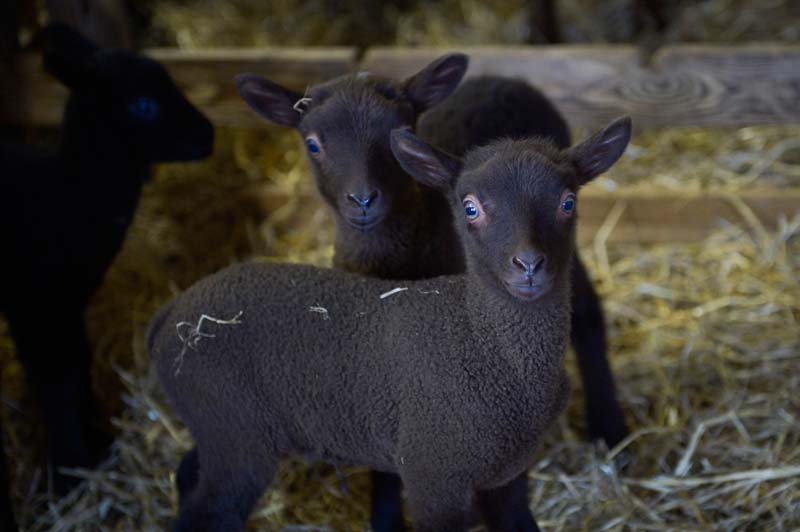HOW DOES THE CARBON STORAGE OF THE HALTIALA EXPERIMENTAL AREA CHANGE?
ORGANIC FARMING IS BEING TESTED ALONGSIDE CONVENTIONAL METHODS
Haltiala Farm has approximately 202 hectares of fields growing domestic grain crops such as oats, rye, barley, and wheat.
The fields on the farm are primarily cultivated using conventional farming methods, which involve synthetic fertilizers to nourish the plants. Chemical pesticides are used to control weeds, pests, and plant diseases.
Organic farming is being tested on about 30 hectares, where the plants are nourished with animal manure. Leguminous plants such as clover and peas are grown in this area, which helps in nitrogen fixation in the soil, promoting nutrient accumulation that benefits other crops in the field. On Haltiala’s organic fields, weed control and pest management are carried out through mechanical methods and by strengthening the natural defense mechanisms of the plants.
MEASUREMENTS IN A NUTSHELL
At Haltiala, continuous measurements are used to determine the carbon flux of the agricultural fields, assessing whether the soil is sequestering or releasing carbon.
Furthermore, soil conditions, such as temperature and moisture, are monitored using sensors, and the vegetation cover of the fields is assessed using satellite imagery.
In addition to measurements, carbon sequestration is studied by combining the data with mathematical modeling. This allows for a better understanding of the effects of weather and agricultural practices on carbon sequestration.
Haltiala is one of the two SMEAR-Agri sites affiliated with the University of Helsinki.
